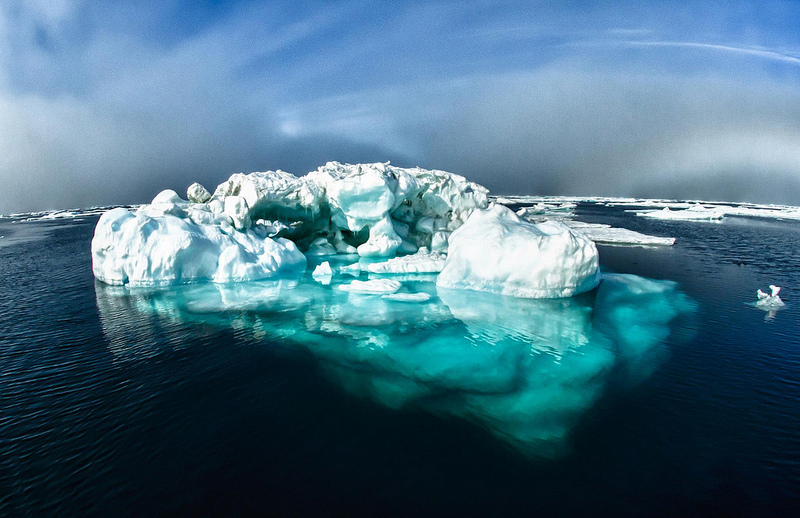
Icebergs are fascinating, and quite beautiful.
From an aerial view, it is easy to be inspired by their sheer size. Yet because nearly 90% of their mass sits below the water, our perception of them is often limited to what we can see, rather than diving deep and discovering all that lies beneath.
Some B2B relationships – especially large ones – are like that. They have often been around for a long time. We’ve grown used to them. We understand them on a surface level. In some ways we may even take them for granted and assume that we really understand what they need and expect.
As a result, we fail to uncover the opportunities or value that lies deep beneath the surface – of relationships with suppliers, customers, or throughout the supply chain.
The question isn’t if the value is there. It’s really about revealing, unlocking, and capturing the hidden value and opportunities in the relationships that already exist.
Other times something suddenly changes – the marketplace (the climate), senior leadership (undercurrents), or corporate strategy (ocean winds) – and we’re caught off-guard.
We realize too late that our relationships were not broad enough or deep enough to anticipate the shift. We never got beneath the tip of the iceberg, and now the relationships appear to be melting or breaking apart.
Before we know it, competition is moving in. If only we had looked a little deeper or listened a little longer!
Questions to Ask Yourself
- How deep and broad do our relationships run?
- Are our interactions infrequent and “surface level”?
- Or do we take the time to dive deep with your suppliers and customers to unlock the hidden values and opportunities that may lie just below the surface?
If you don’t, now is a great time to begin unlocking the hidden value in your B2B relationships to increase revenue, reduce costs and minimize risk.
And let us know if you would like some diving partners. We’ve had almost 30 years of experience, and we know how to find value just beneath the surface and in the deep water.
Diving anyone?
Photo courtesy of NOAA’s National Ocean Service.


